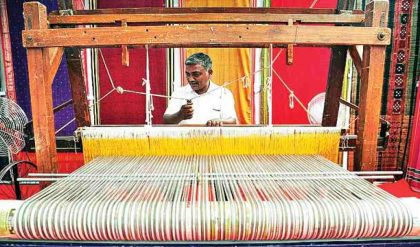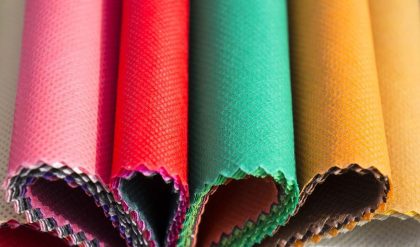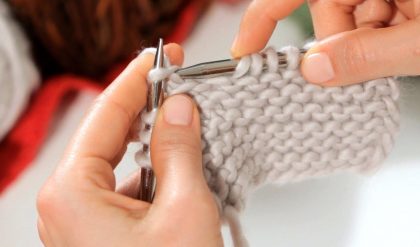Robert Hooke, the English naturalist, had prophesied the production of a fiber such as rayon, the first of the man made fibers long ago in 1664. He believed that it was possible to make an “artificial glutinous composition” much resembling, if not fully like silk worm secretion George Audemars, a Swiss chemist, discovered how to make cellulose nitrate. In 1884, count Hilaire de chardonnet produced the first man made textile fibers from nitro cellulose. He is known as “father of Rayon”.
Wood Rayon is produced in many ways. Viscose Rayon is popular among customers. It is made from pulp and cotton linters. The other is cellulose rayon (acetate rayon) in the chemist terminology, rayon and acetate are not synthetic because natural materials- cotton, linters and wood pulp are used in their manufacture, rather than chemical elements.
Source of Rayon
Rayon is an artificial, man-made or synthetic fibre made from cellulose. Commercially rayon was produced about 48 years back. Rayon produced at that time was very lustrous they were given this name which means “reflecting the rays of sun”. The main objective in manufacturing rayon was to provide a cheap substitute for silk. India has been importing rayon fabrics and rayon yarn.
Structure or Rayon
When seen under microscope, the fiber appears smooth and rounded. Viscose rayon fibers are rod like with numerous, longitudinal, thread like striations or lines. These are due to the indentations of fiber surface.
Manufacture of Rayons
All types of rayon are made from cellulose. There are main four main procedures by which cellulose is transformed into rayon.
They are
(1) The nitrocellulose process
(2) The cuprammonium process
(3) The viscose process
(4) The cellulose acetate process. The general principles of rayon yarn production involve the following steps.
(a)To treat cellulose chemically for rendering from it a liquid
(b)To force the liquid through fine holes
(c)To change from liquid stream into solid cellulose filaments.




Comments are closed.